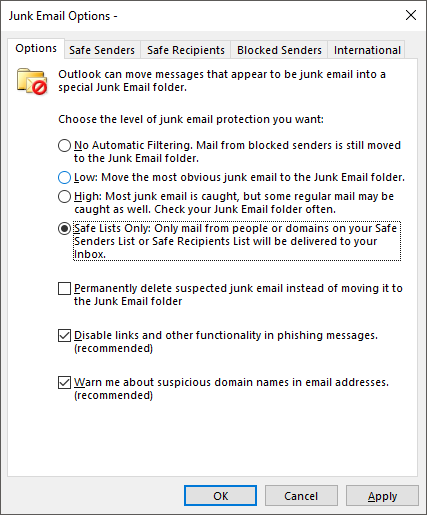
Microsoft Teams offers a few online statuses and by the name of their label, the meaning appears to be clear. I’ll discuss future and planned availability later in this post. Your online status is the most effective way to show your availability right now. While I’ll use Microsoft Teams and other Microsoft 365 services to discuss practical ways to manage availability, the principles can be applied to tools from other productivity platforms. The principles I’ll outline in this post will be helpful in any modern workplace environment. We can plan time to be available to connect, when we need to collaborate or just be available in the moment, when someone wants to connect with us. We can achieve more through planned periods of deep work when concentration is required. Managing our availability has positive impacts to our productivity, sense of connection and engagement with our team. Interruption’s impact on morale is through feeling less productive, tasks take longer to complete or are left unfinished. Isolation affects morale, feeling disconnected from the team and leads to disengaged team members. When this culture is prevalent, people become reactive in their work and planned work is laid aside.Both isolation and interruption impact productivity. Whether due to urgency of a task, or a self-focused drive to complete a task, availability is ignored and we send a chat message or make a call. We can’t trust availability indicators when they appear to constantly show as ‘Busy’. We are frequently interrupted because people want to connect but can’t or won’t respect our availability.When squished between scheduled work, it can feel rushed and insufficient. The time we spend connecting with people is more deliberate and needs to be scheduled. We have less indicators of when someone is available, or don’t trust those indicators whey they constantly show ‘Busy’. When we need connection with our team members, we find it difficult to make connection. We get a lot of work done but we become isolated.

But now that more of us have to work remotely, we see two behaviours developing. Being out of the office means we aren’t available to visit at our desks, and be interrupted when we’ve just managed to get in a deep work flow-state. Those of us who have the choice to work from home used to do so to create more focus time and reduce interruptions.

As the world grows to accept the need for more remote work, it becomes more important to manage our availability while we work. Others are unavoidable due to our role and our environment. Some interruptions are within our power to manage.

We face an increasing number of interruptions in a constantly connected world. Our ability to work deeply is diminishing.


 0 kommentar(er)
0 kommentar(er)
